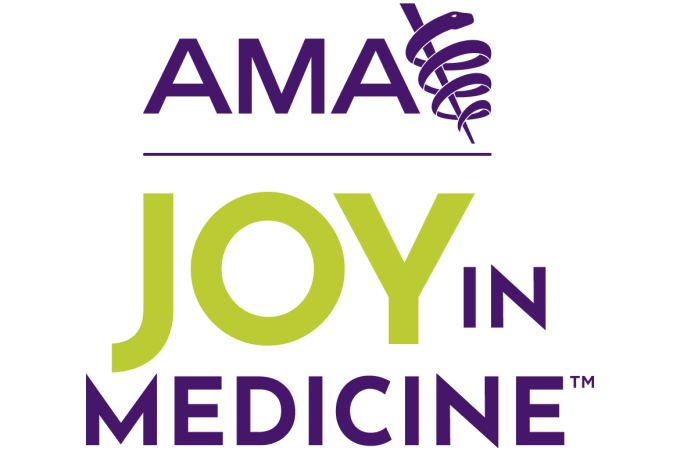Each day, about 6,000 women in the U.S. enter menopause and begin to deal with the associated physical and mental changes.
Menopause is natural as women move away from their reproductive years. Yet the transition can bring about significant physical and emotional changes that can affect a woman’s overall well-being. While most women have minimal symptoms, such as hot flashes and night sweats, about 15% will require treatment for more severe problems. The loss of estrogen during menopause can lead to anxiety, bone weakening, insomnia and negative impacts to the cardiovascular and musculoskeletal systems.
In the 20th century, women routinely underwent hormone-replacement therapy (HRT) to mitigate the physical impact of menopause, particularly the vasomotor symptoms such as hot flashes and night sweats.
But HRT was mostly stopped around the turn of the century. Multiple studies found HRT did not prevent heart disease—as was previously believed—and in fact put some women at greater risk for medical problems.
Since then, physicians have improved their understanding about those studies and the impact of HRT. As a result, more women are turning to HRT.
But not all of them should.
"Most women are seeking the use of hormone replacement therapy primarily for those vasomotor symptoms that they get that really affect their quality of life," said cardiologist Melissa Joy Tracy, MD, a recent episode of “AMA Update.”
"That's the hot flashing. That's the sweats, both during the day and at night. That's why women are now currently—and more robustly—approaching their physicians," added Dr. Tracy, professor of medicine and systems medical director of cardiac rehabilitation at Rush University Medical Center in Chicago.
The medical center is part of the Rush University System for Health, which is a member of the AMA Health System Program that provides enterprise solutions to equip leadership, physicians and care teams with resources to help drive the future of medicine.
The history of HRT studies
One of the biggest problems with the early landmark HRT studies was the patients who were being studied.
The Heart and Estrogen/Progestin Replacement Study (HERS) focused on women who already had coronary heart disease to see if HRT could provide secondary prevention. The HERS study, published in JAMA®1998, did not show significant benefit.
"In fact, there was a trend toward worsening outcomes in women who already had established coronary heart disease," Dr. Tracy said.
Four years later, the Women's Health Initiative examined women who received HRT and did not have a pre-existing heart disease. The findings, also published in JAMA, were that HRT increased the:
- Chance of heart attack.
- Development of coronary artery disease.
- Presence of blood clots in the legs and lungs.
The problem with the patients in the two studies was they were far beyond the average age of becoming postmenopausal. The average age for women in the U.S. to reach menopause is 52.
For HERS, the average participant age was 63. And the average age in the Women's Health Initiative was 67.
Subsequent studies found that HRT can be valuable for certain women, particularly those who are healthy and closer to being postmenopausal than the women in the aforementioned studies.
"We have data, in humans, primates and mice, that if estrogen is given at an early-stage peri or postmenopausal, it actually can protect the endothelium of our vessels in our heart and our vessels in our brain," Dr. Tracy said.
Estrogen can also reduce the risk of diabetes, increase protective estrogen and help prevent weight gain, she said.
Three types of HRT patients
Female patients today should be categorized as either low risk, moderate risk or high risk when it comes to HRT, according to Dr. Tracy.
Low-risk women are typically around 50 years old, have a healthy weight, blood pressure and normal cholesterol levels, have a neutral family history for cardiovascular disease, and are at low risk of developing breast cancer.
If a patient fits in all of those categories, then physicians should feel confident treating them with HRT, particularly to help mitigate vasomotor symptoms, Dr. Tracy said.
High-risk patients can resemble the women in HERS study and Women's Health Initiative. In addition to having spent more than a decade postmenopausal, they tend to have obesity, hypertension and high cholesterol levels, previously had a stroke or heart attack, or have a history of breast cancer.
In high-risk patients, the findings from HERS and the Women's Health Initiative are more accurate. For them, HRT can further exacerbate their conditions.
The moderate risk group, as would be expected, is a blend of both ends of the spectrum. Perhaps they have an established coronary disease, but they have not experienced a cardiovascular event, for example.
It's those patients in particular who can benefit from ongoing discussions between themselves and their care team.
The value of a healthy lifestyle
While HRT can help mitigate some menopausal symptoms, Dr. Tracy said that the best treatment is healthy living, no matter the patient's age or condition.
"Exercise and a healthy lifestyle are part of my backbone," she said. "I've been an athlete my whole life, so I really feel confident and able to discuss with my patients what is a healthy lifestyle."
Dr. Tracy gives patients suggestions about exercise, eating healthy and getting a proper amount of sleep. That balance, she said, is what can—and often will—make the ultimate difference.
"As a woman progresses from perimenopause to menopause, unfortunately, their weight goes up, their blood pressure goes up, their cholesterol goes up," she said. "They are seeking the magic pill, the magic cure. There's nothing that beats a healthy lifestyle. So, we should always start there."
“AMA Update” is your source for physician-focused news. Hear from physicians and other experts on trending public health concerns, practice issues and more—because who’s doing the talking matters. Catch every episode by subscribing to the AMA’s YouTube channel or listen to all AMA podcasts at ama-assn.org/podcasts.




